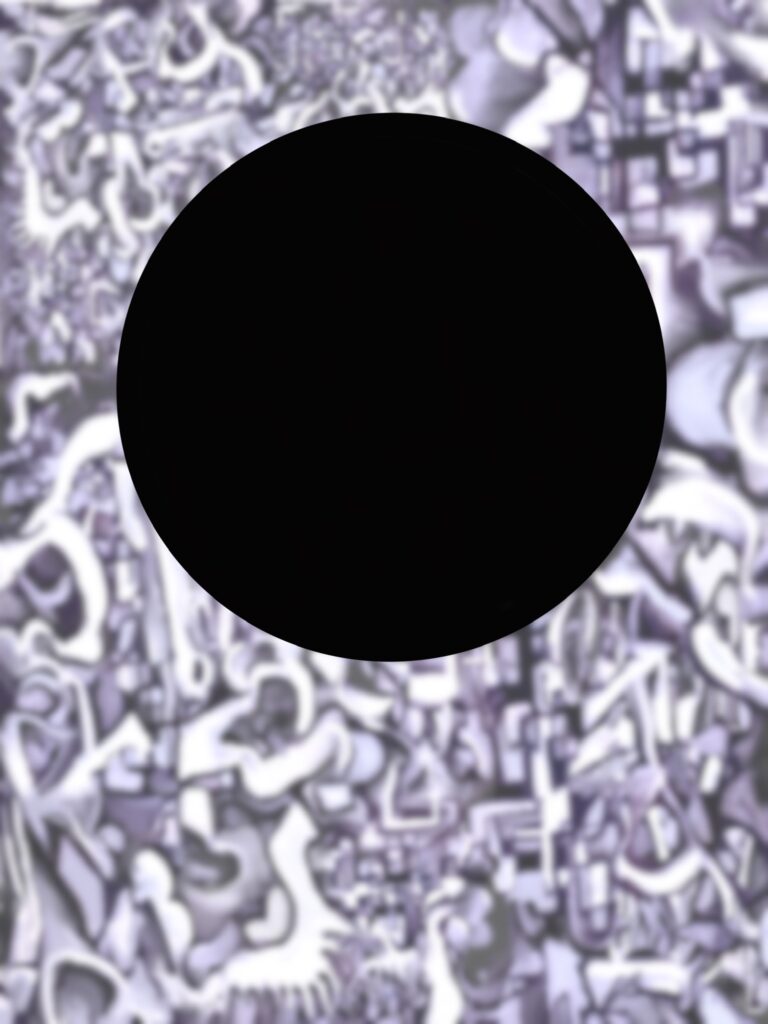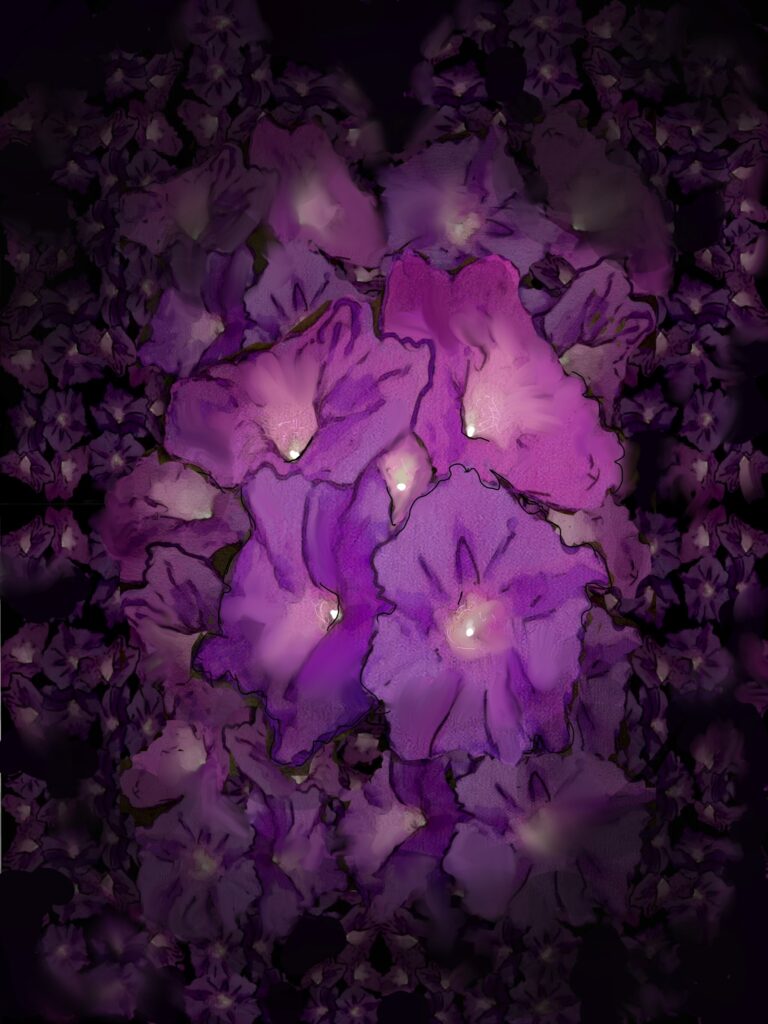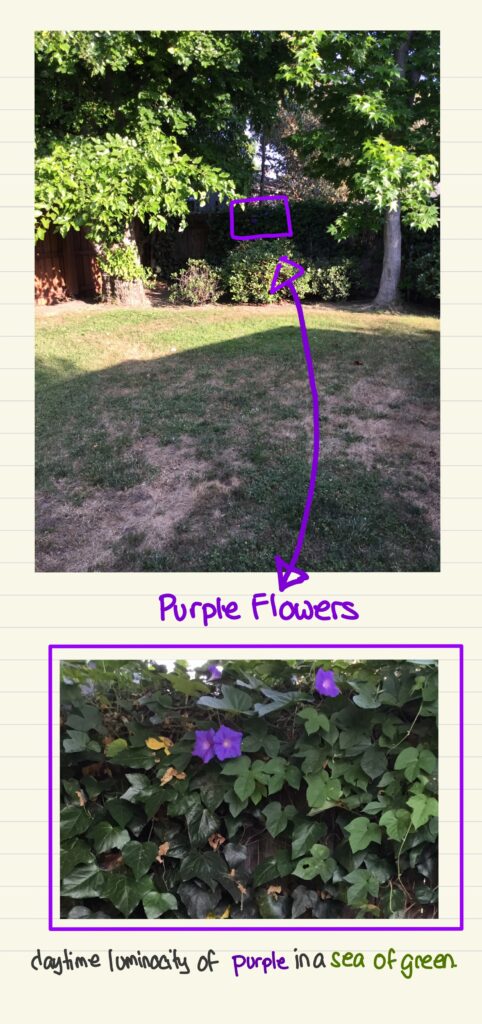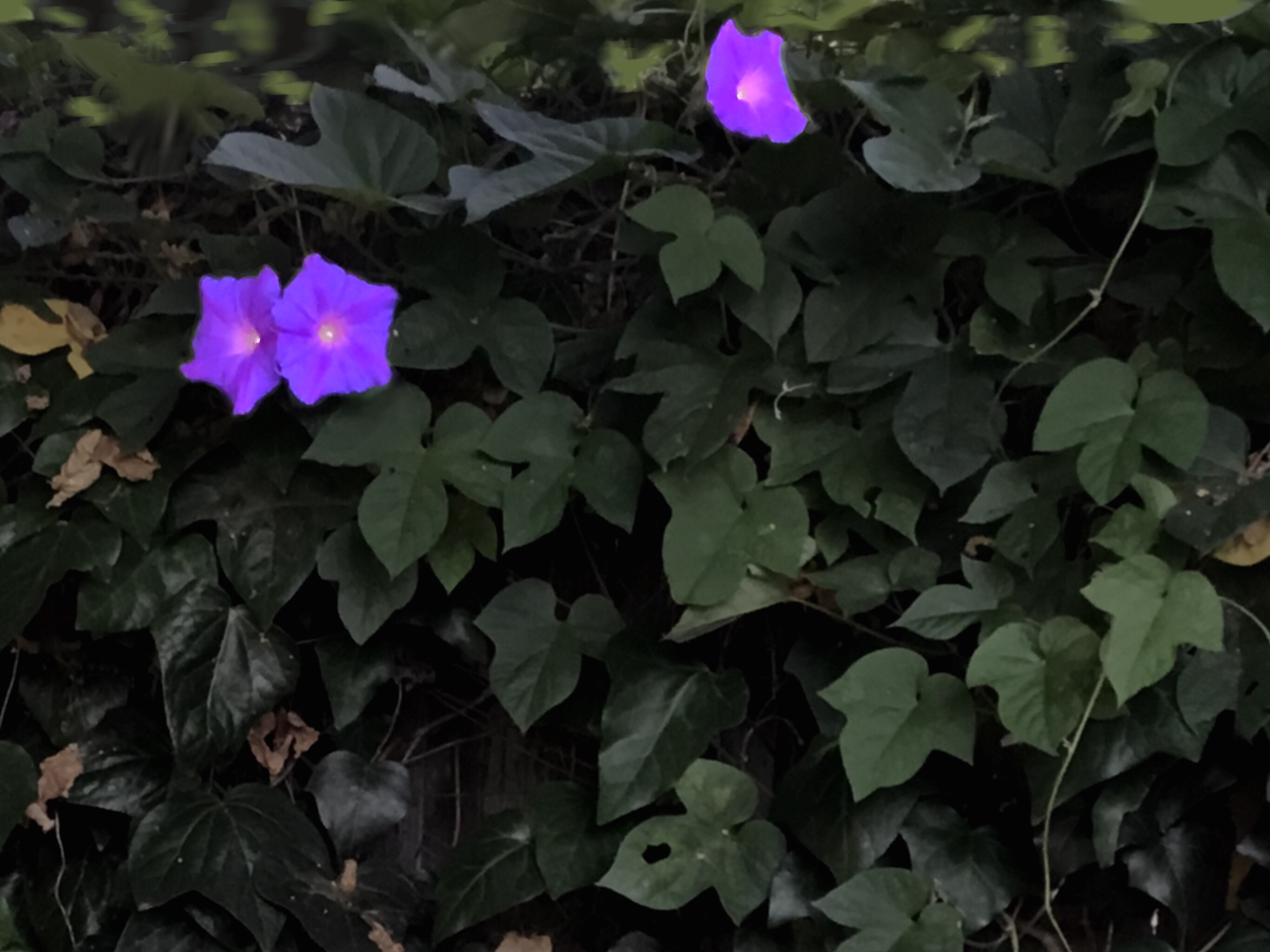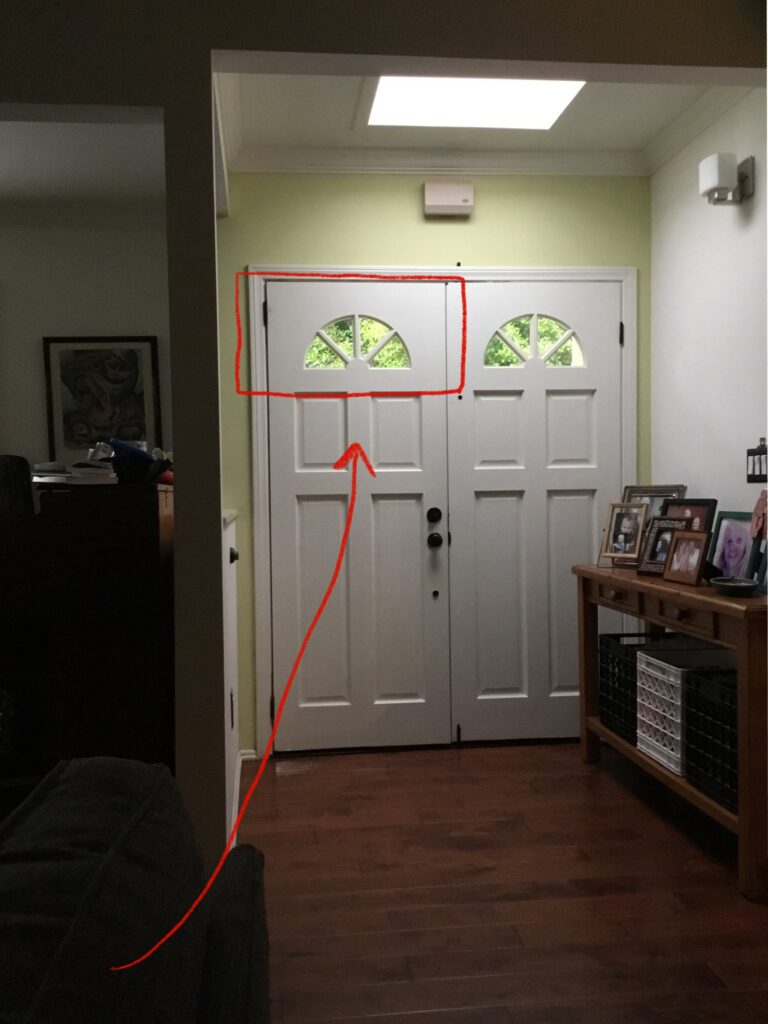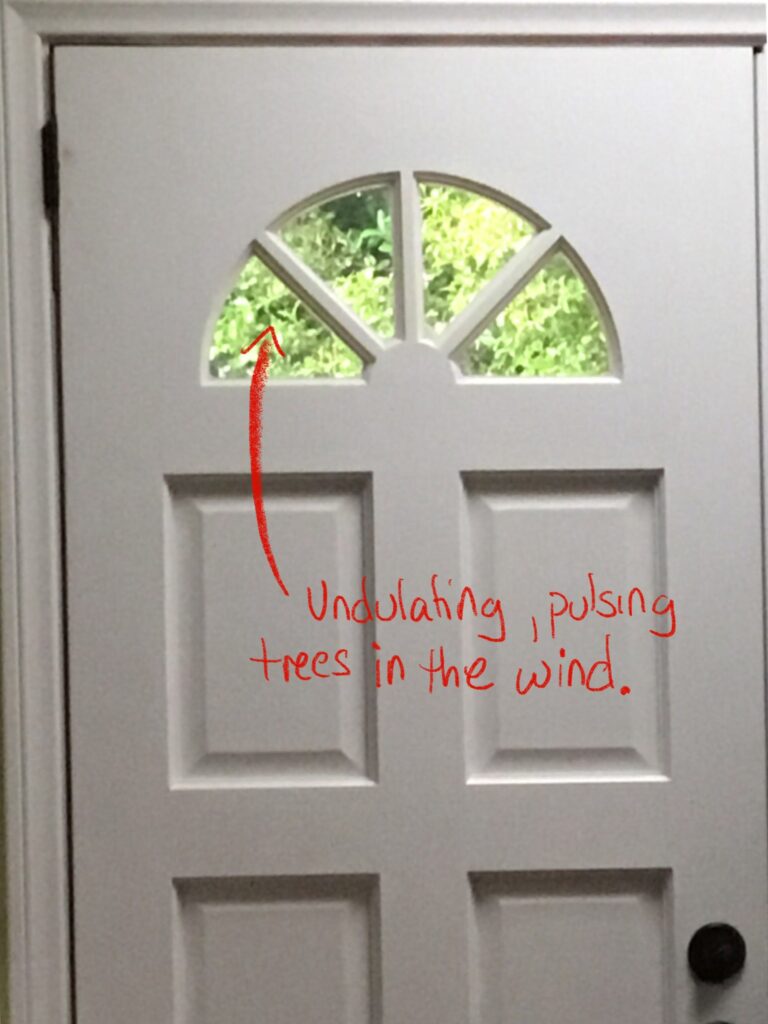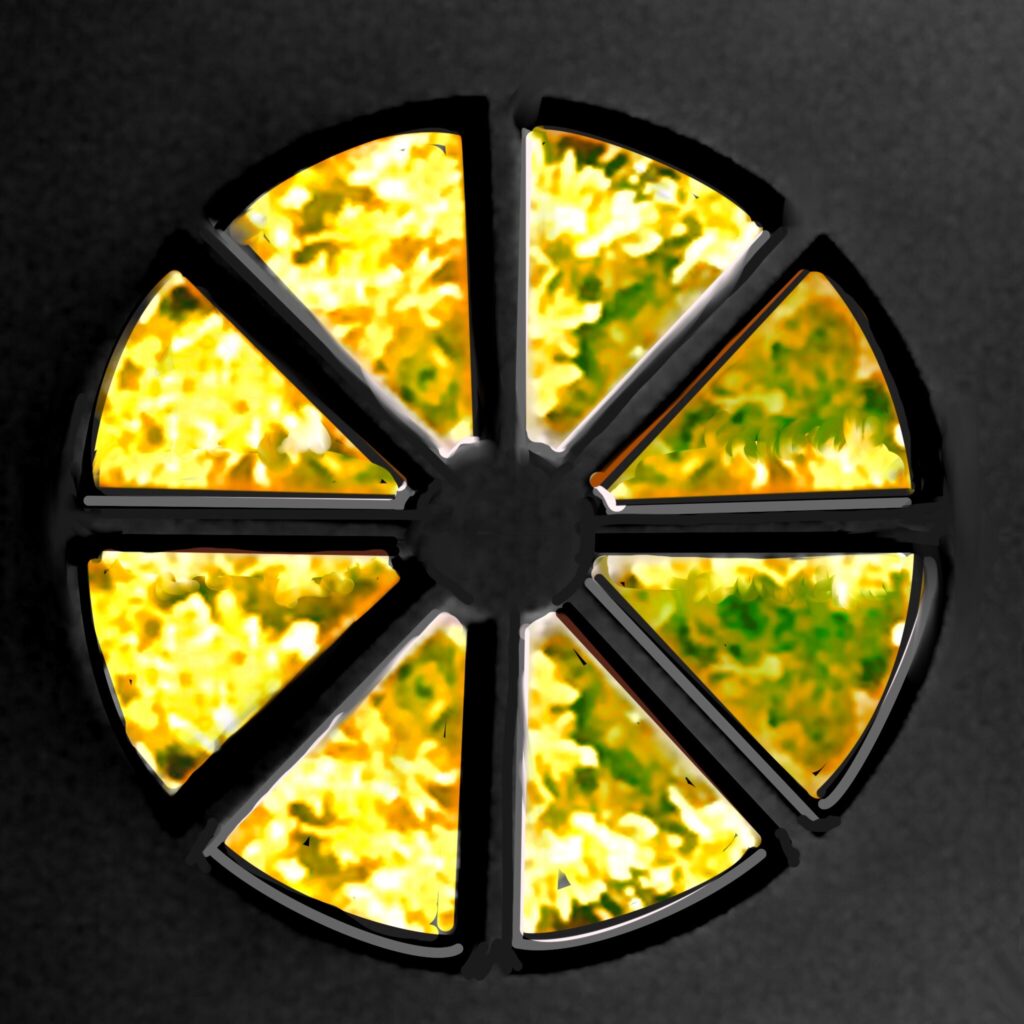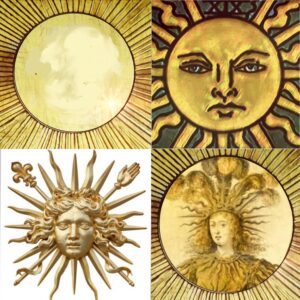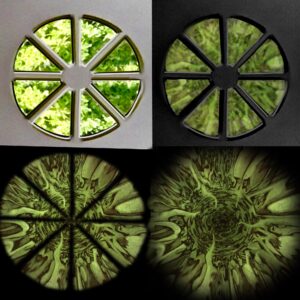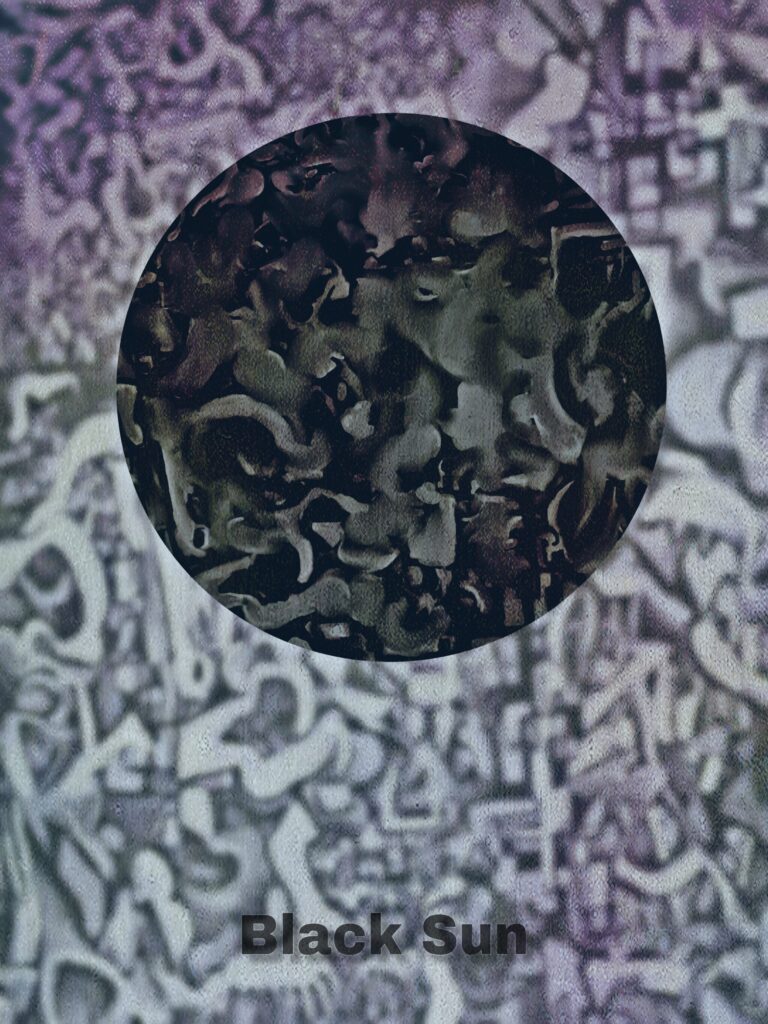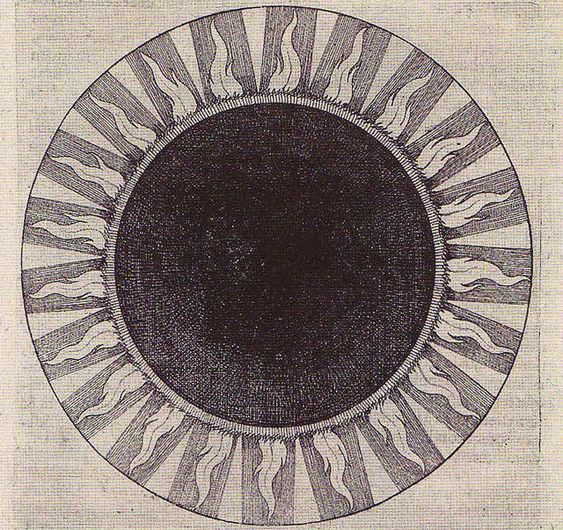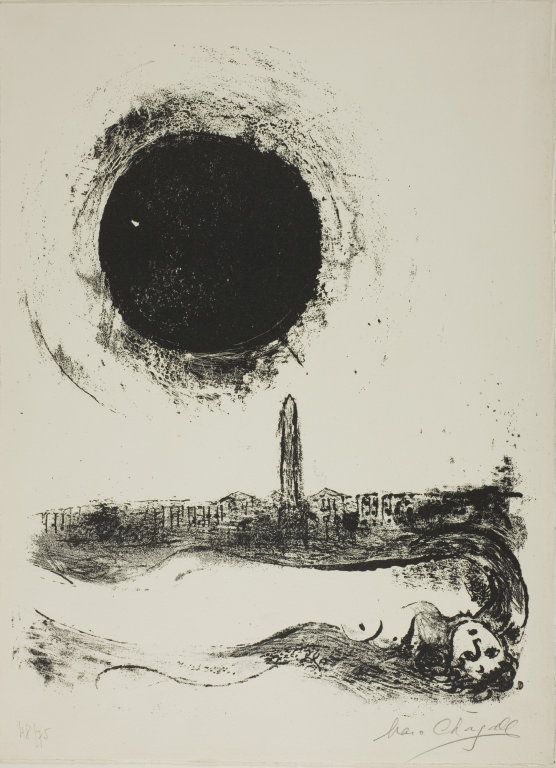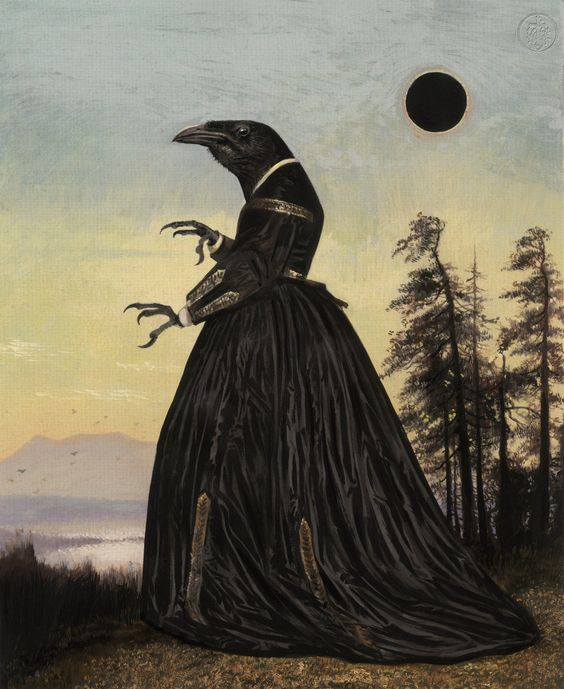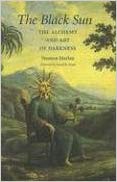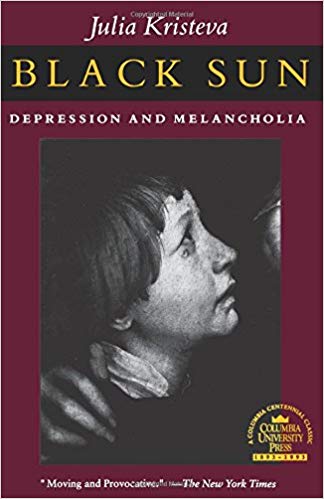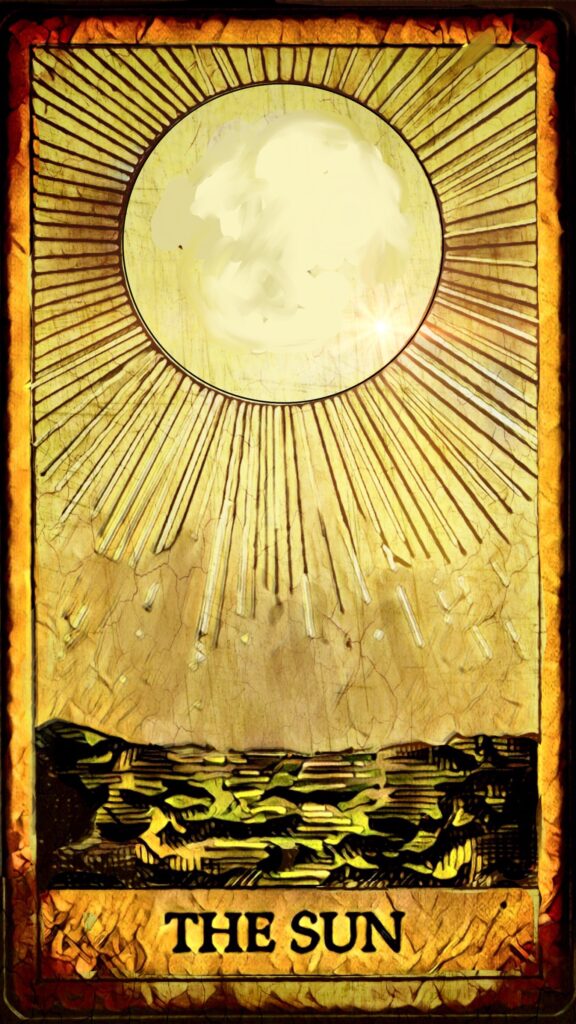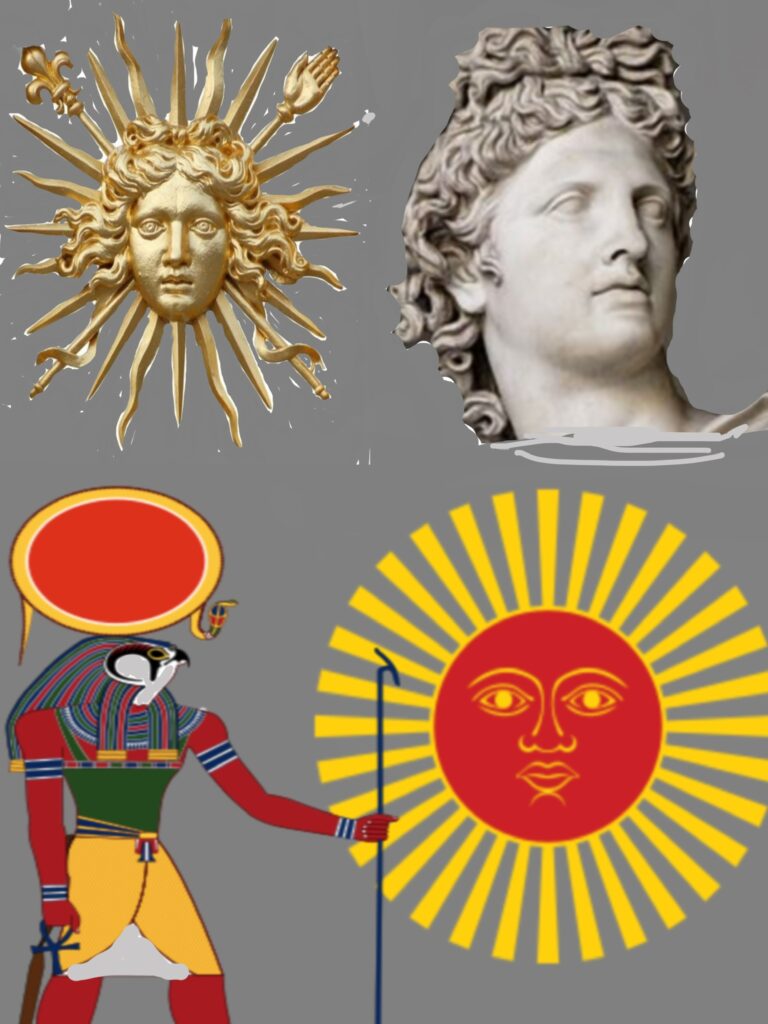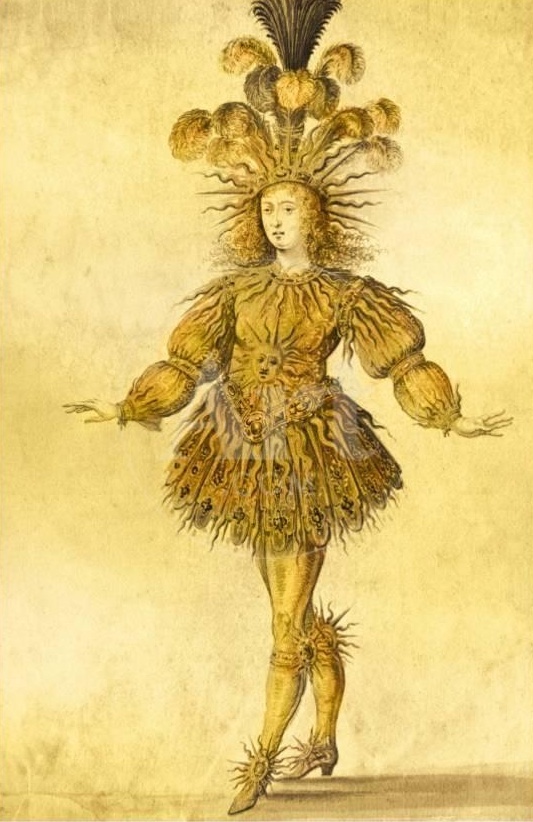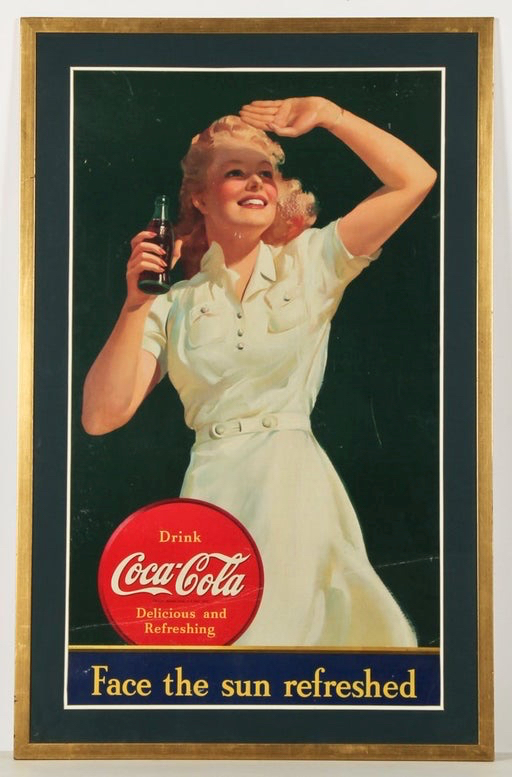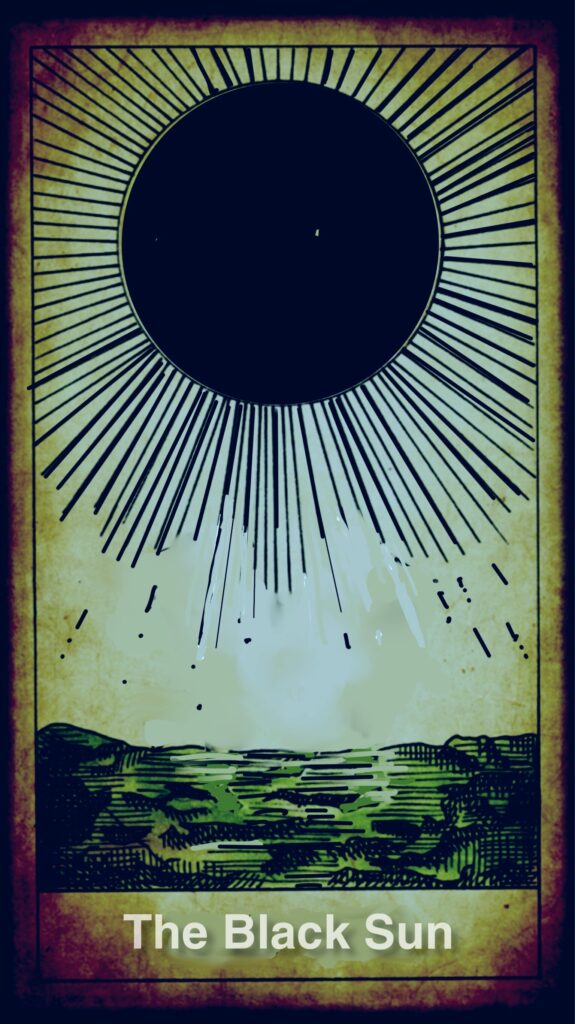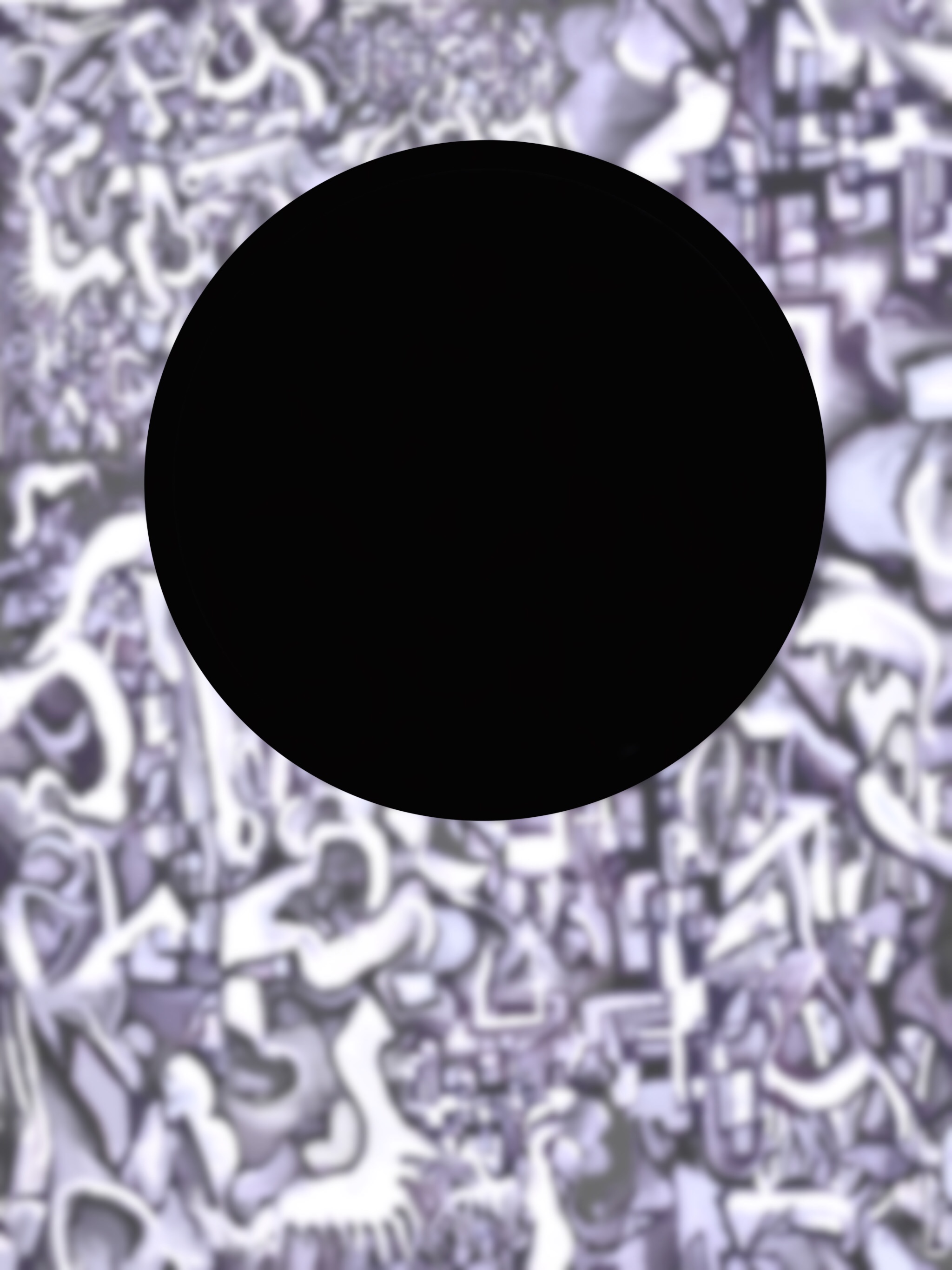Depression is defined as pathological sadness – a disease for which there are a variety of treatments. I myself have suffered from episodes of severe depression, and I have successfully overcome these episodes with a combination of Cognitive/Behavioral Therapy, anti-depressant medication, exercise, and meditation. Because I have first-hand knowledge of depression and the effectiveness of treatment, I think it’s essential that I differentiate depression, which always involves some sort of disfunction, maladaptation, or physiological imbalance, from melancholia (as in The Black Sun,) which I define differently.
To put it simply, depression is a disease; so if you are depressed, something is wrong with you. You are feeling an overwhelming and continual despondency that is inappropriate to your particular circumstances, and more generally, atypical of a healthy, thriving human being. You have an illness that warps your perception of the world, and you need treatment.
However, when you experience melancholia, there is nothing wrong with you. The “symptoms” you are feeling – lethargy, pessimism, low motivation, slowness, emptiness, grief, loneliness and even thoughts of suicide – come from a deeply felt awareness of death, loss, and impermanence. These feelings are entirely appropriate to your situation, and to the human condition, and may reveal some essential truth about your world.
In melancholia, suicidal ideation is not a literal impulse to kill one’s physical body, but a longing for transformation, both of one’s identity and the world in which that identity is enmeshed. (In later blogs, I will introduce the concept of egoicide.) Melancholia is not a problem to be solved or a condition to be cured; it is a truth to be encountered, an experience to be felt more deeply, and a window to insight.
I associate melancholy with many of the topics that obsess me, including Buddhism, Post-Jungian psychology, Imaginal experience, mysticism, existentialism, art, aesthetics, cinema, and even mathematics. It’s a word that I will use often in this blog, and it’s important that readers understand that I am not romanticizing depression, rather, I am investigating a related, but unique state of conciousness.
In the Venn Diagram below, I’ve differentiated four separate kinds of sorrow or despondency. YELLOW is ordinary sadness, the kind of sadness we feel in response to common disappointments, failures, and losses. GREEN denotes depression as treated by CBT; it is a negative cognitive bias caused by negative automatic thoughts, maladaptive behaviors, and/or dysfunctional world beliefs. BLUE is depression caused by a chemical imbalance in the brain – a deficit of serotonin and dopamine. Pink, at the bottom, is melancholia.
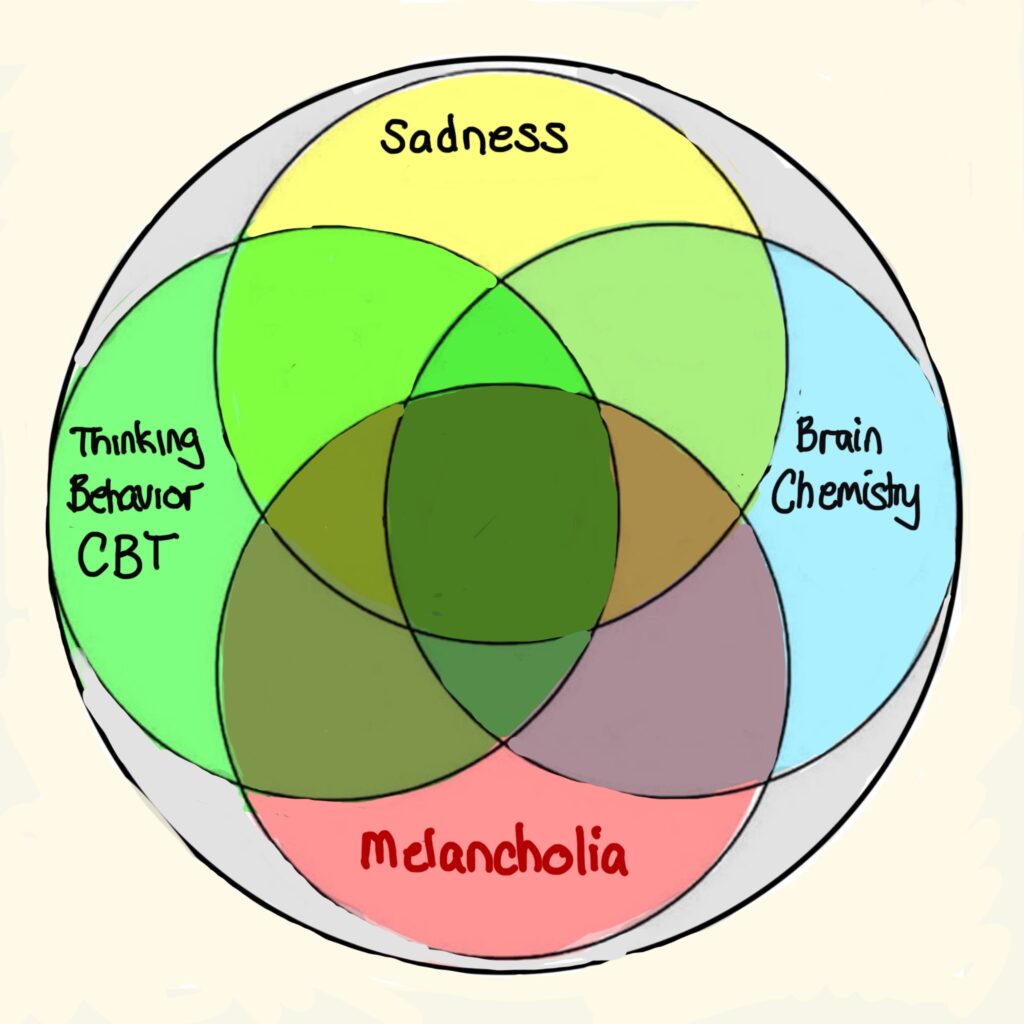
It seems likely that most of us are feeling some mixture of these four elements when our mood is low. My point is not to argue whether the neurochemical model or the Cognitive/Behavioral model of depression is valid, but rather to differentiate depression-as-illness from melancholy.

In particular, I want to challenge our culture’s relentless pursuit of happiness and obsession with psychological growth. If sunny optimism defines what it is to be “healthy,” then the culture begins to see any encounter with the darker, more tragic, and rightly depressing aspects of life as “unhealthy.” Melancholia is seen as something to be avoided, like saturated fat, herpes or income tax.
When we “grow out of” every experience of deep sadness, then melancholia as a necessary, vital and enriching human experience, is denied and forgotten.
Future blogs will explore the idea that our inability to tolerate sadness (like our inability to tolerate boredom) results in a “positive cognitive bias” or patholgical happiness, which may ultimately be more destructive than depression. Lingering over the inevitability of death, illness, and decay disturbs our very American fantasies of perpetual expansion, economic growth, and boundless possibility.
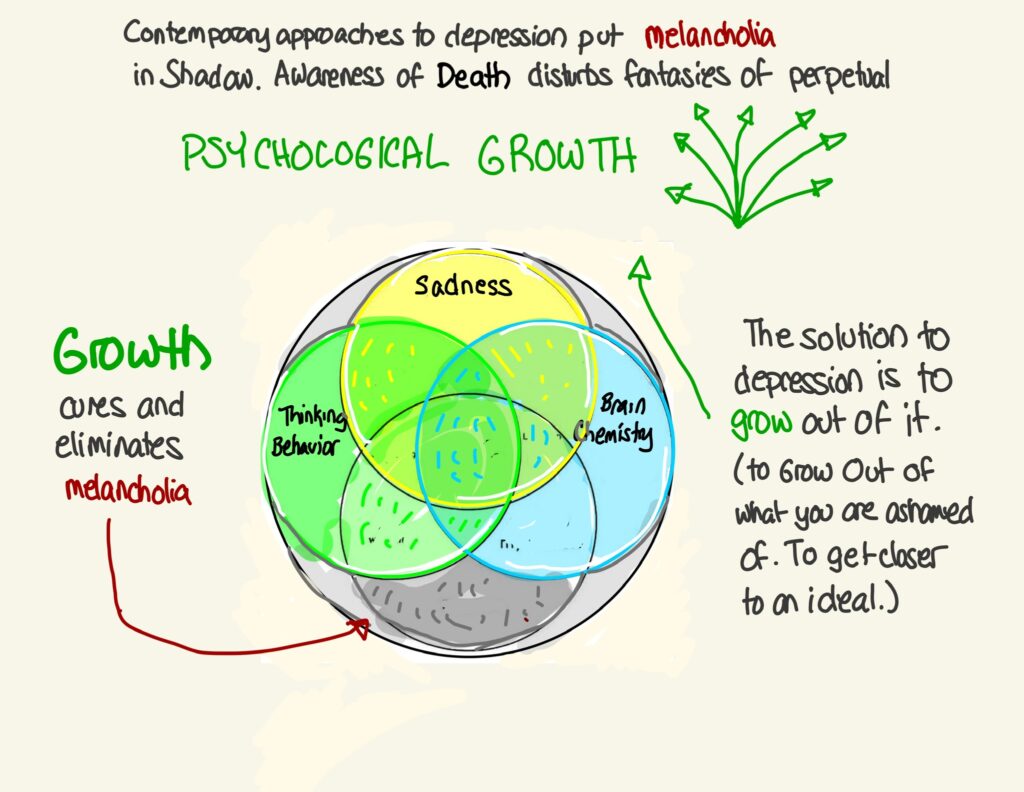
(See my recent blog about the perverted symbolism of sunny, happy, optimism: The Tyranny of Sunlight. )
If melancholy is seen as just another problem to be solved by programs of self-improvement, then vital parts of the human experience fall into Shadow -unacknowledged and unspoken.
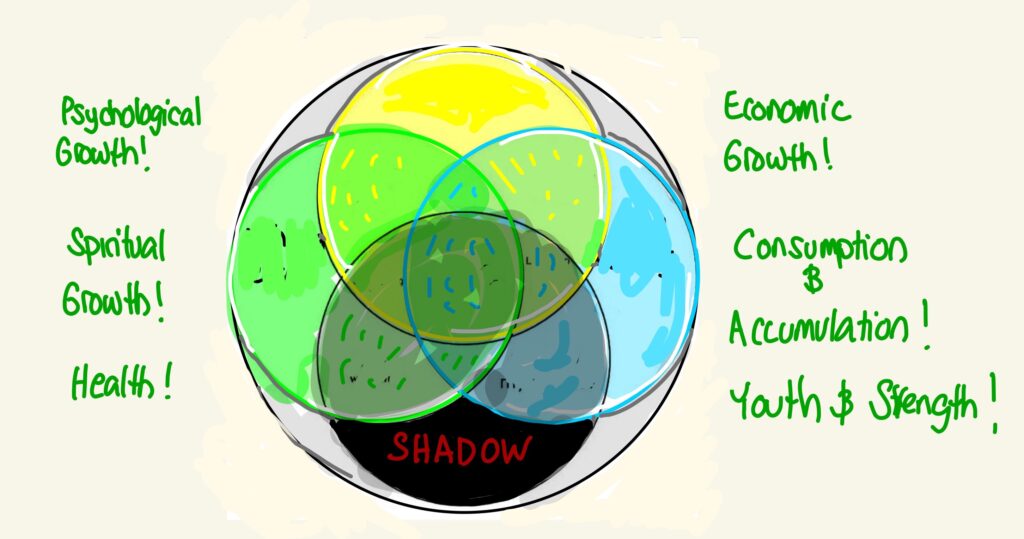
So, the process I’m exploring in this series of articles on The Black Sun is one that DOES treat the various forms of depression as illnesses, but the goal is not to eliminate the experience of deep and heavy sadness, but instead to correct our cognitive bias and right our neurological imbalance so as to allow for a more meaningful and transformative encounter with melancholy.
James Hillman described this process in “The Dream and The Underworld” as a deliberate descent into Hades. This descent humbles the “heroic” ego. It is not a quest with an objective, or a riddle that needs answer. It is a “move backward” rather than forward, a process that is “pathologizing” rather than healing; it is an experience that offers not happiness, progress or victory, but only meaning and depth; It is an unsettling and eerie encounter with a dream world that is both irrational and psychotic; it is a voyage into imaginal space, and eruption of the Ordinary Numinous in which we wrestle with archetypal entities, neither quite real or unreal, who are “deceptive, unpredictable, frightening, and wise.” It is the journey down into the mythical and the alchemical – a place that we can only interpret with metaphors or images, as we would a dream:
“The brood of night gives the dream an atmophere that is far from the happy optimism of growth psychology or the secret delight of sexual desire. We are not being told that our dreams help us, that they round out our lives and inflame our creativity. Nor are we being told that dreams pour out of a libidinous wishing well. Instead, they are akin to deceits and and conflicts, to the lamentations of ageing and the doom of our destiny. The dream takes us downward, and the mood that corresponds with this movement is the slowing, saddening, introspective feeling of melancholly.”
James Hillman, The Dream and The Underworld, pg. 34
So, using my own images, an experience of melancholy means peeling away the layers of yellow, green, blue, to reveal the red… and the black.
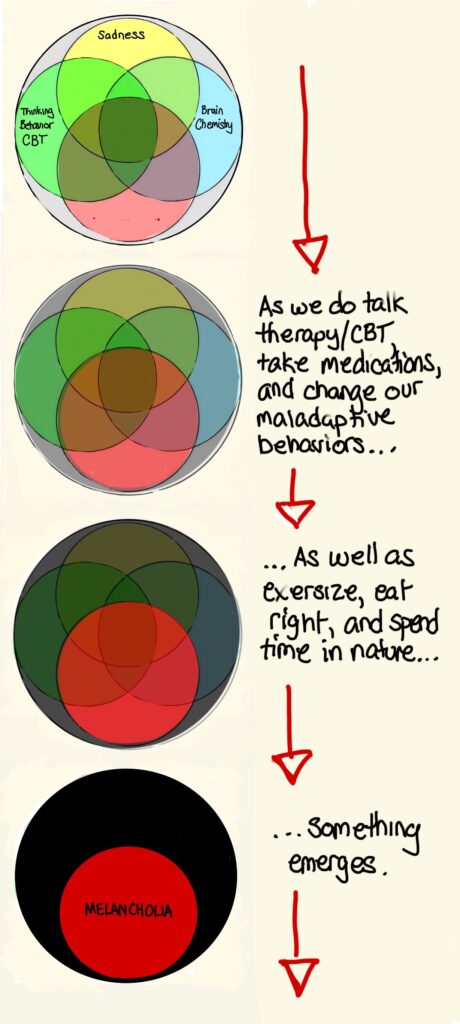
That “something that emerges” is represented by The Black Sun.
